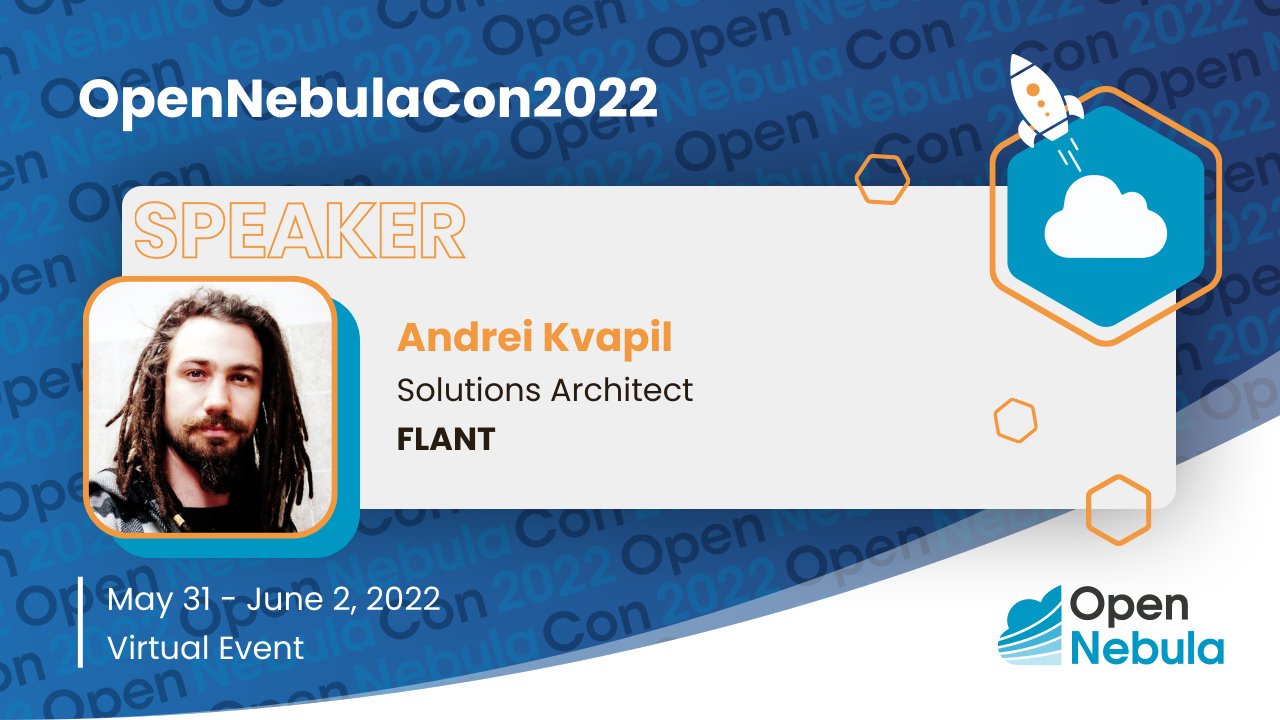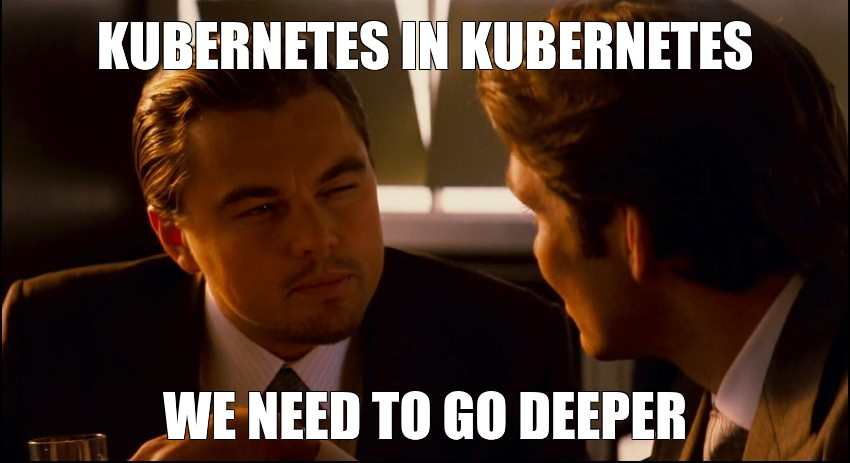An open-source storage from LINBIT (maintainers of DRBD). It’s fast and fault-tolerant, has a lot of features. It looks like Kuberentes but for block devices. How does it work? How to configure and debug it?

With the introduction of the snapshot-controller in Kubernetes, it is now possible to create snapshots for CSI drivers and cloud providers that support this feature.
The API is universal and vendor-independent, which is typical for Kubernetes, so we can explore it without getting into the specifics of a particular implementation. Let’s take a closer look at snapshots and see how they can benefit Kubernetes users.

What has changed in the open-source communities after 2 years of lockdown? What are the threats and opportunities for open-source communities right now? We’ll discuss this and much more with the local open-source contributors and leaders.

There seems to be a new trend: every time I get a new job, the first activity I engage in is benchmarking different SDS solutions. My career at Flant is no exception. I joined the development team for the Deckhouse Kubernetes platform when it decided to focus on running virtual machines in Kubernetes. But first, we had to find an easy-to-use, reliable block-type storage that we could offer to the platform’s customers.
Hence I decided to benchmark several Open Source solutions to see how they behave under various conditions. The focal point was the DRBD performance in different configurations and how they compared to Ceph.
However, the market for software-defined storage is constantly growing and evolving. Ambitious new projects are emerging, including the recently released Mayastor and my fellow collaborator’s pet project Vitastor. The results were pretty exciting and surprising.
Nowadays the market offers a huge number of virtualization solutions, but in fact, they all are solving different problems, and you need to understand in which case it suits you best. In this presentation we’ll take a look at application design approaches then and now, and will explore the difference between virtualization and cloud computing platforms, the Pets vs. Cattle approach, and the use of IaC with Kubernetes and Terraform.
When you own two data centers, thousands of physical servers, virtual machines and hosting for hundreds of thousands sites, Kubernetes can actually simplify the management of all these things. As practice has shown, by using Kubernetes, you can declaratively describe and manage not only applications, but also the infrastructure itself. I work for the largest Czech hosting provider WEDOS Internet a.s and today I’ll show you two of my projects — Kubernetes-in-Kubernetes and Kubefarm.
With their help you can deploy a fully working Kubernetes cluster inside another Kubernetes using Helm in just a couple of commands. How and why?

After 5 years of using Linux, I decided to upgrade to a new MacBook with an M1 chip. Due to the inability to install a full-fledged Linux on it, I’m having fun with OSX. And I have to admit I’m starting to like it.
Tags are set to be as static as it possible and have the same numbering for every display, just like Awesome WM do. This is why you can see so much jq-magic in my skhd config 😃
Some hardware keys are rebinded using Karabiner.
As main browser I use Firefox with TreeStyleTab and Dustman extensions. The last one is closing tabs automatically if I didn’t get on them in 20 minutes. I do believe that tabs are a temporary entity and if I don’t like to close them, why not to run a garbage collector for them?
Terminal configuration and colors moved from my previous laptop.


